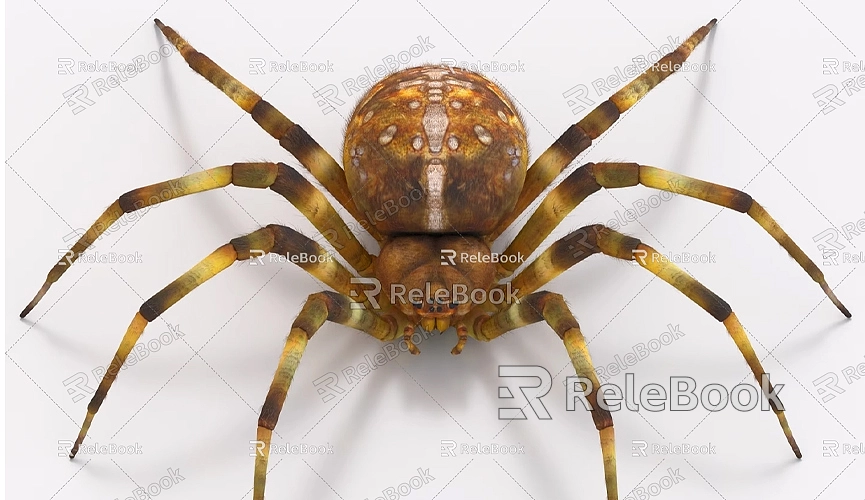How to optimize 3d models for games
In game development, optimizing 3D models is a crucial step. Even the most beautifully crafted models can cause performance issues if not properly optimized, which can impact the player experience. This guide will explore how to optimize 3D models to maintain visual quality while ensuring efficient performance in game engines.
Choosing the Right Polygon Count
Controlling the polygon count is essential when creating 3D models. One common issue in games is having too many polygons, which can slow down rendering and affect the game's frame rate. Therefore, reducing the polygon count is a primary step in optimization. Simplify the mesh structure while preserving the model's appearance. For distant or small objects, low-polygon models are usually sufficient. Additionally, use detail textures (Normal Maps) to simulate high-detail effects without increasing actual geometric complexity.

Using Appropriate Texture Resolutions
Texture resolution significantly impacts game performance. While high-resolution textures offer detailed visuals, they also consume considerable memory and computational resources. Thus, finding a balance between visual quality and performance is essential. Use high-resolution textures for large objects or key characters, while background objects or minor characters can use lower-resolution textures. Efficiently allocate texture space through UV mapping to maximize texture resolution usage.
Combining Textures and Materials
In games, each material call incurs additional performance overhead. If a model uses too many materials and textures, the rendering cost increases dramatically. A key optimization step is to combine textures and materials. For instance, use a large texture atlas to consolidate multiple small textures into a single large image, reducing the number of material switches during rendering and improving rendering efficiency.
Adjusting Skeletal Animation Complexity
For character models, optimizing skeletal animation is also crucial. More bones increase animation calculation complexity, especially on mobile devices or low-performance hardware, where this overhead becomes more apparent. Reduce the number of bones or optimize weight painting to improve animation efficiency. For less critical character animations, consider using precomputed or keyframe animations instead of real-time calculations as an effective optimization approach.
Implementing Level of Detail (LOD)
Level of Detail (LOD) technology is a common method for optimizing 3D models. By creating models with varying levels of detail, the game engine can automatically switch models based on the object's distance from the camera. For example, use high-detail models when characters are close to the camera and switch to lower-detail models when they are further away. This approach ensures good visual quality up close while saving significant computational resources for distant views.
Reducing the Use of Real-Time Lighting
Lighting calculations greatly affect rendering performance, especially with real-time lighting. While real-time lighting produces realistic effects, it also consumes considerable computational resources. An optimization technique is to use light baking, which pre-computes and stores lighting effects as textures. During gameplay, the engine only needs to reference these textures rather than compute lighting in real-time. This method not only maintains good lighting effects but also significantly reduces real-time rendering overhead.
Properly optimizing 3D models can greatly enhance a game's performance while preserving excellent visual quality. Whether controlling polygon count, using textures effectively, or implementing LOD techniques, these optimization strategies aim to maximize game performance within limited computational resources. If you need high-quality 3D textures and HDRIs for creating models and virtual scenes, you can download them for free from [Relebook’s texture site](https://textures.relebook.com/). For exquisite 3D models, visit [Relebook’s model site](https://3dmodels.relebook.com/), where Relebook offers a wide range of premium 3D resources. Utilizing these resources effectively will make your 3D models easier to optimize and achieve the best performance in your games.

